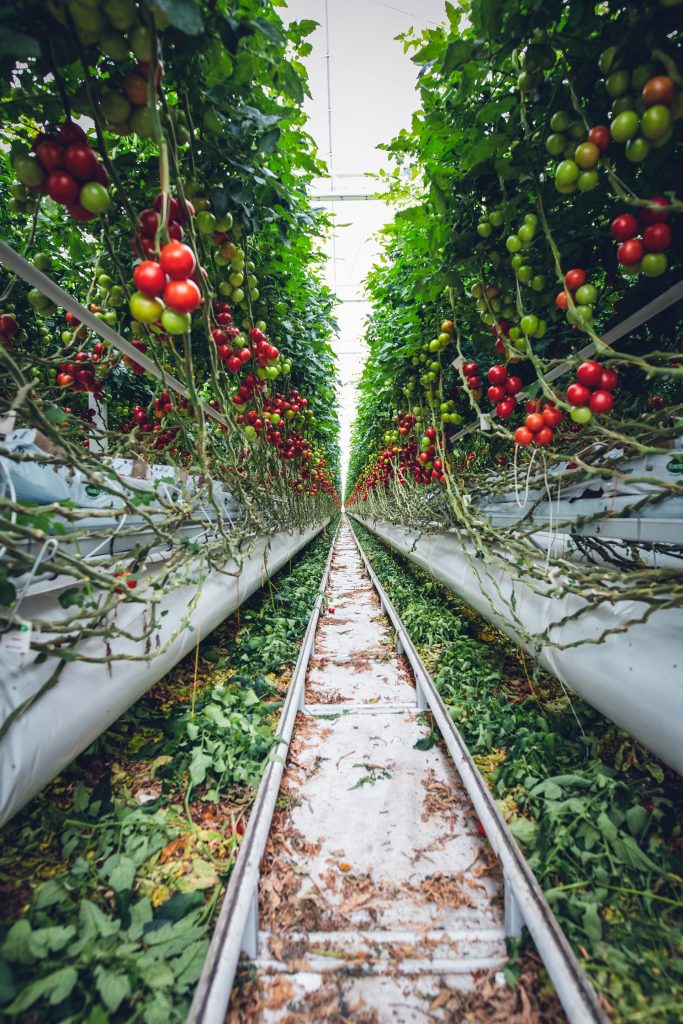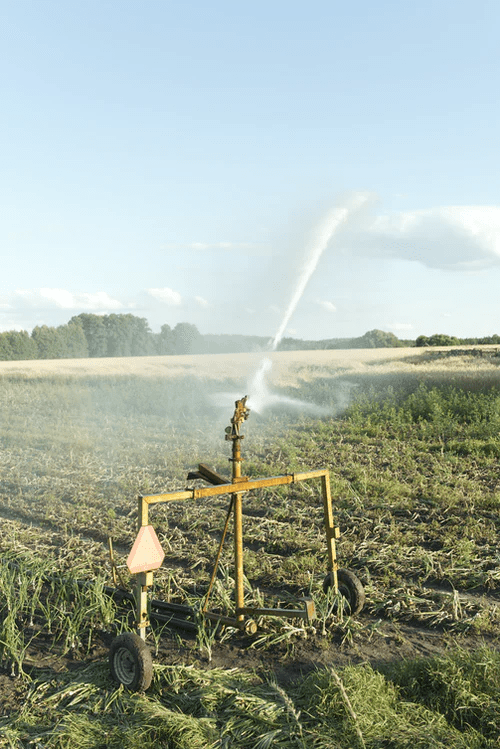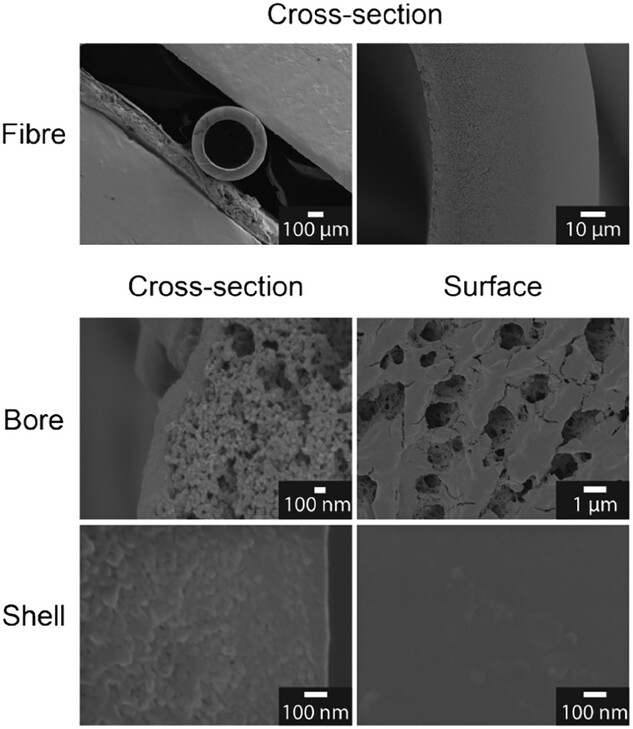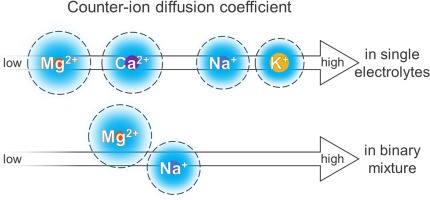Sustainable treatment and management of water, sludges and brines
Tjerk Watt (University Twente), Alaaeldin Elozeiri (Wageningen University) and Jill Soedarso (Wageningen University) are focusing their PhD-research on developing technologies, modelling-tools and decision-frameworks for the sustainable treatment and (re)use of water, sludges and brines. They will be guided by Prof. Wiebe de Vos, dr. Jouke Dykstra, dr. Nora Sutton and Prof. Huub Rijnaarts. Tjerk and Alaaeldin are working on combinations of novel nanofiltration membranes and electrodialysis process configurations that allow the tailor-made treatment of water streams. Currently, most water treatment technologies are not able to selectively remove specific chemicals from the feedwater in a circular water system. An example where this could be very valuable is the horticulture, where selective removal of sodium could prevent plant mortality that might occur as a result of sodium accumulation in a circular water system (see fig. 1).

New nanofiltration membranes and electrodialysis process configurations
The development of new nanofiltration membranes will allow the targeted removal of organic micropollutants, colloidal particles, nanoplastics, viruses, bacteria and divalent ions, whereas new electrodialysis process configurations can be used to control the removal of monovalent ions, and also determine the composition of the brine. Together with technology developers Nijhuis Industries and NXFiltration, the integration of these two technologies in a fit-for-purpose water treatment solution is studied. An important aspect of this solution is the management of the brine stream.
Sustainability frameworks for assessing the use of residual streams
At the moment, there are no assessment frameworks for sustainable use of residual streams, such as brines and sludges. Jill will focus on expanding currently existing sustainability frameworks with knowledge about the toxicokinetics, bioavailability, biochemical interactions and transport of chemicals of risk in residual streams as a result of laboratory experiments. By doing so, it will be possible to predict whether a chemical will end up in the soil, or for instance in plants or crops in the case of irrigation with treated water (see fig. 2). This assessment is performed for the Dutch context, but also in collaboration with Shell for a Middle-Eastern context, where the reuse of water and sludges could facilitate in the production of crops and greening the desert.



